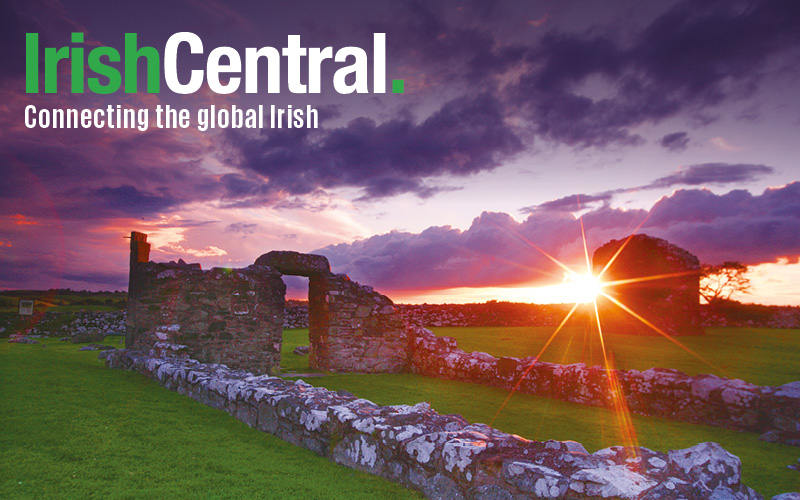Findmypast is working in partnership with IrishCentral to share fascinating insights into your Irish ancestors. Click here to get a special half price subscription, and discover your Irish roots today!
Our Irish immigrant ancestors were famously hard workers who toiled away in working-class jobs and crowded living conditions.
The hardships of Irish immigrant life have been well documented, but our ancestors were able to make some time for fun. So what exactly was there to do in 19th century New York? How did our ancestors entertain themselves?
Theater
Theater was perhaps the most popular form of entertainment during this period of New York's history, and there was a surprising diversity of options for entertainment.
Shakespeare was perennially popular among Irish audiences, as were burlesque and comedic shows lampooning life in New York City. Of course, the most popular venue, William Mitchell's Olympic Theater capitalized on combining the two - Shakespeare's works soon took on a New York-focused interpretation where characters were adapted to fit models of 19th century New Yorkers - crowds loved it.
Fictional working-class heroes soon became the main characters of plays written specifically for the Irish immigrant audience. Our ancestors were delighted by fireman heroes who enjoyed boxing in their spare time, but rescued babies from burning buildings for a living. These heroes also often protected fellow working-class citizens from evil and exploitative members of New York's upper class.
Saloons
An under-appreciated contribution of our Irish ancestors to New York City was the fact that Irishmen brought a whole new style of bar to the city. Before the wave of Irish immigration, New York City pubs were mostly English-style - a place where artisans and craftsmen spent a quiet evening sipping drinks, reading and playing checkers.
But by the 1850's, the saloons (as they were now widely called) resembled rural Irish-style establishments. The now-familiar design of a large single room with one long bar and only a few seats soon spread throughout the city. The saloons accommodated large (and sometimes rowdy) crowds, usually giving away free food to anyone who purchased a drink.
There were so many saloons in certain neighborhoods that bar-hopping became a popular way to spend a night out, and a convenient way for newcomers to get the lay of the land.
Public Parks
Crowded tenement buildings and dirty streets caused a burning desire for fresh air and green open spaces. It wasn't until after the war that the city began to build more public parks and open spaces, but the Irish took advantage of what was available to them.
It's hard to imagine, but there was still a lot of greenery and even wooded areas in the northern part of the city - Jones Wood, overlooking the East River, was a particularly popular spot for communal gatherings. Church group excursions, community picnics and athletic games were common events to be held, but were infrequent because of the distance between the parks and where most working-class Irish lived.
Central Park initially turned a cold shoulder to the lower-classes, banning most of the activities the Irish would have used the park for. However, as the park improved and eventually added a zoo in 1870, many Irish would use recently constructed public transportation to visit the zoo, which was free.
The Bowery
After the Civil War, rising wages and expanding commercial activity allowed Irish workers slightly more funds to entertain themselves.
The Bowery was the most popular location to spend anything left from your week's wages on a Friday night. The neighborhood, heavily influenced by German immigrants, was adorned with colorful gas lamps, street musicians and food vendors (raw oysters were 1 penny each)
There were plenty of saloons, but German tradition also encouraged drinking beer in a more open setting, leading to several beer halls and beer gardens. The Bowery was also a hot-spot for many kinds of theaters. Eventually, variety shows became extremely popular, and adult male audiences could also see more risque entertainment such as the can-can dance, which made its way to the city in 1874.
There also were "dime museums" - cheap, accessible establishments that were designed with working-class patrons in mind. They often supplied entertainment but aimed for moral education as well. Exhibits featured dioramas, mechanical contraptions, historical and scientific memorabilia and even a "flea circus".
Do you know who your 19th century Irish ancestors were? Now that you know a little more about the lives they lived, find out who they were and discover your personal connection to this time in history.
For more stories on tracing your Irish heritage from Findmypast click here.




Comments